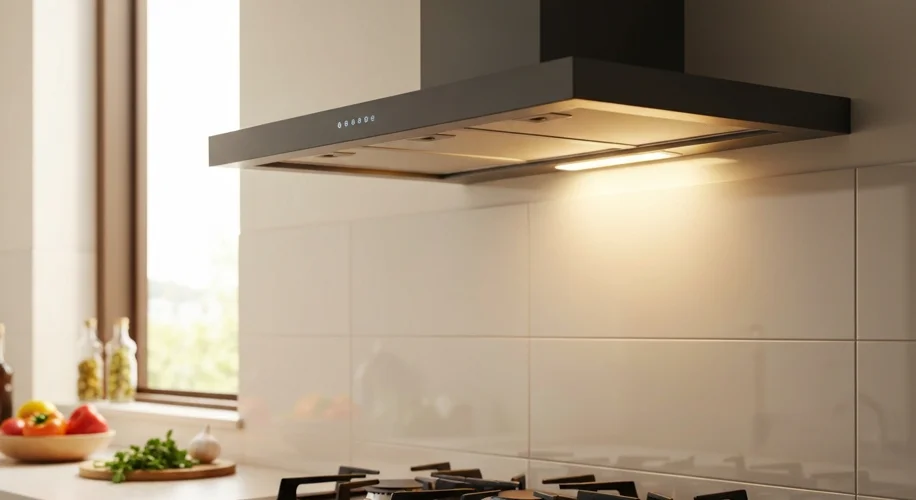Sometimes, the most helpful features are the ones you don’t even think about until they solve a problem. Recently, I saw a post on Reddit where someone was talking about their smart stove hood light. It’s not just a regular light for cooking; this one actually indicates if the stovetop is still hot. Pretty neat, right?
For a long time, my old stove hood just had a light and a fan. Simple and effective. But this smart hood takes it a step further. After you’ve finished cooking and turned off the burners, the light on the hood stays on for a bit longer, or maybe it subtly changes color. The idea is to give you a visual cue that the cooking surface is still warm, even if you can’t see any flames or glowing elements. It’s a simple safety feature, but one that could prevent a few accidental bumps or misplaced items on a still-hot stove.
It got me thinking about how technology can add these small but useful safety layers to our homes. We’re often so focused on the big smart home features – controlling lights from our phones or adjusting the thermostat remotely – that we sometimes miss these quieter innovations.
If your stove hood light isn’t acting like this, don’t worry. It’s not a standard feature on all hoods. It usually requires specific sensors built into the stove or hood unit itself. If you’ve recently installed a new stove or hood and it’s supposed to have this feature, but it’s not working, here are a few things you might check:
- Check the Manual: Seriously, the first step is always to consult the user manual. It will tell you if your model is supposed to have this feature and how it works.
- Sensor Placement: The heat sensor is key. Make sure nothing is blocking it. Sometimes, if the sensor is near the fan intake, a very greasy filter might interfere with its readings.
- Power Supply: While unlikely to affect just the indicator light, ensure the hood is properly wired. If you’re not comfortable with electrical components, this is where you’d call a professional.
- Settings: Some smart appliances have settings you can adjust via an app or control panel. It’s possible the feature is turned off or needs to be configured.
- Software/Firmware: Like any smart device, these hoods might have software. Check if there are any updates available for your model.
It’s a small thing, but it’s these thoughtful details that make a kitchen feel safer and more intuitive. It’s a good reminder to look at the appliances we use every day and appreciate the engineering that goes into them, especially when it makes things just a little bit easier and safer for us in the kitchen.

